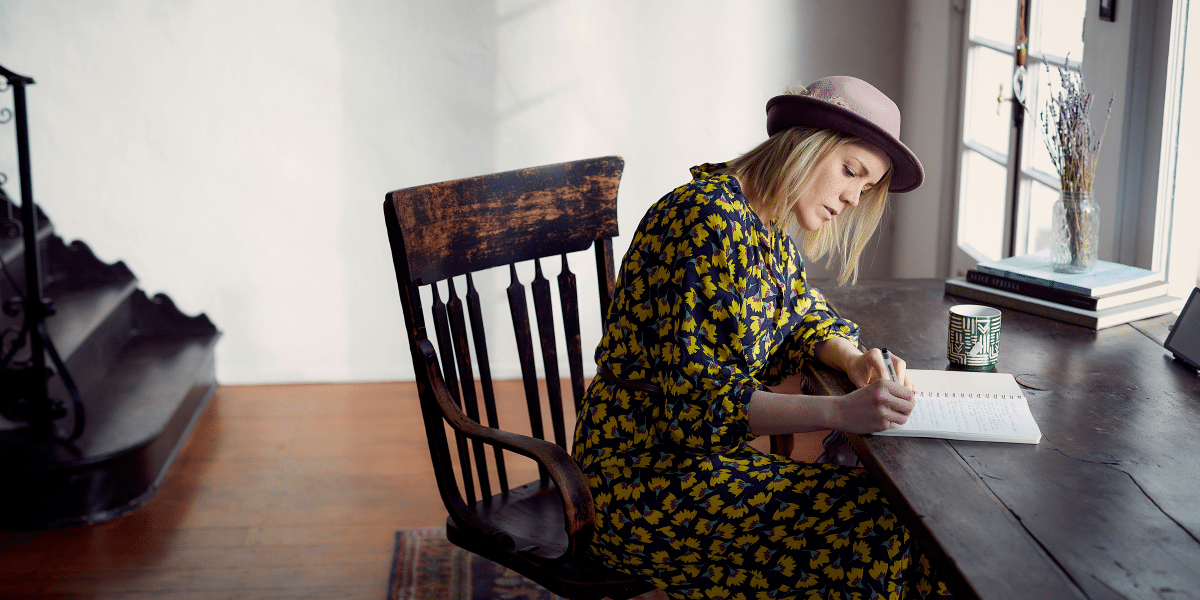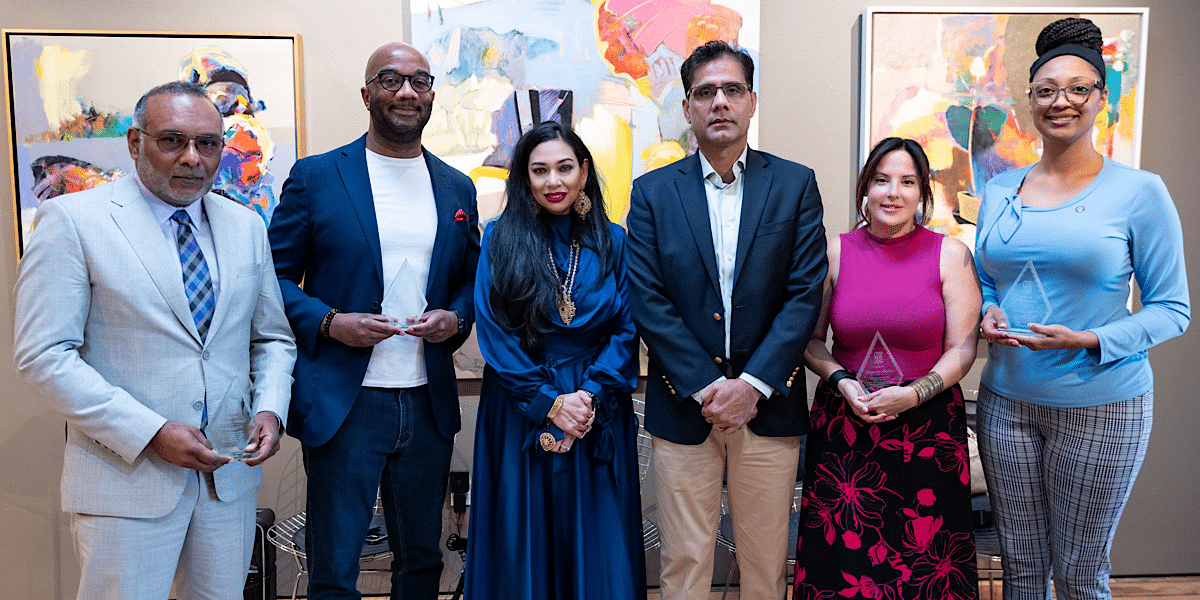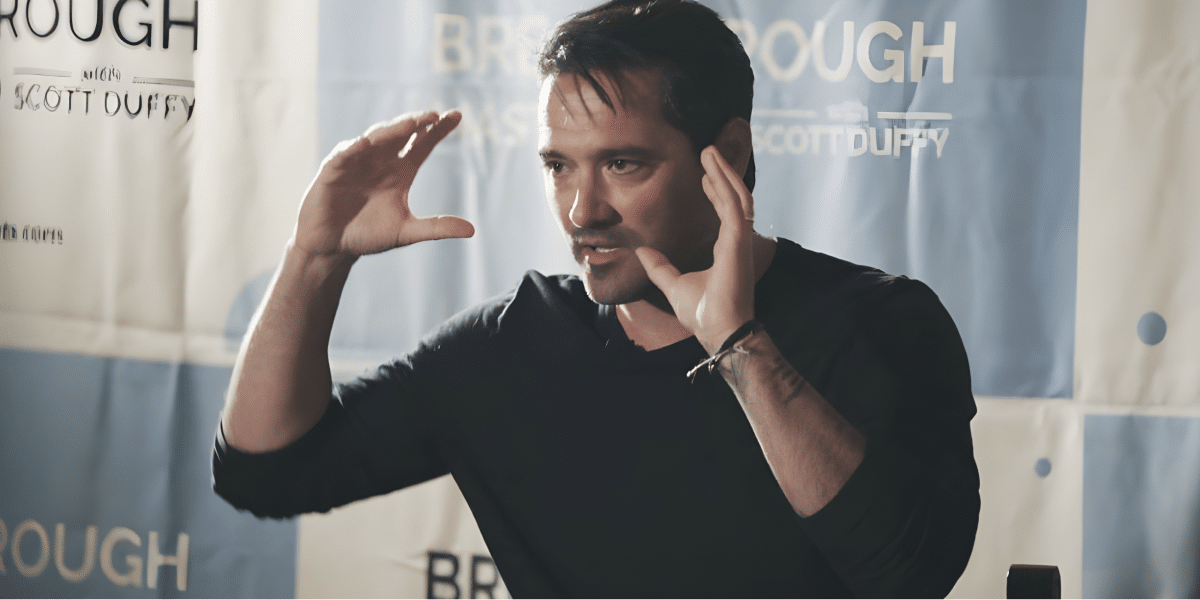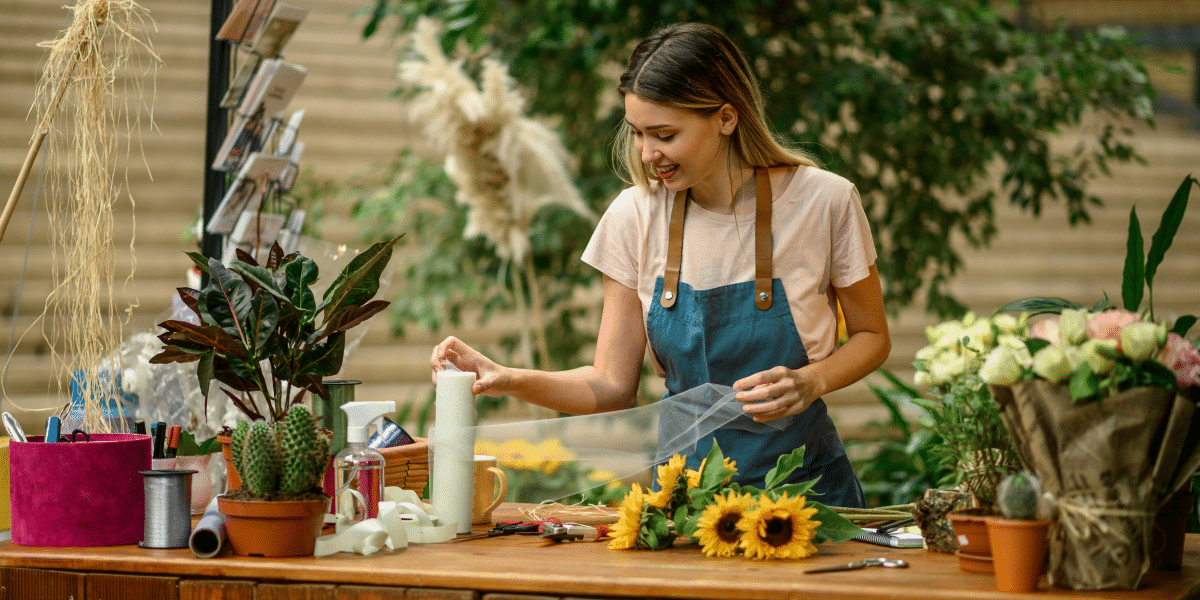The Intersection of Fashion and Literature
In the ever-evolving landscape of literature, the representation of fashion has emerged as a captivating and integral aspect. Authors, through their words, have painted vivid sartorial landscapes, creating a visual feast for readers. This article delves into the symbiotic relationship between fashion and literature, exploring how clothing and style are unveiled in the narrative quest.
The Role of Fashion in Storytelling
The quest to represent fashion in literature goes beyond mere descriptions of attire. Authors use clothing as a narrative tool to convey character traits, societal norms, and even to drive the plot forward. The saga of characters unfolds through their attire, offering readers a nuanced understanding of their personalities and the world they inhabit.
In literature, the portrayal of fashion isn’t just about what characters wear; it’s a subtle unveiling of their identity and the cultural milieu surrounding them. Authors skillfully weave the fabric of fashion into the storyline, creating a tapestry that enhances the overall reading experience.
Evoking Atmosphere and Era
One of the most intriguing aspects of fashion in literature is its ability to transport readers to different eras. Through meticulous detailing of clothing styles, authors can evoke the atmosphere of a specific time and place. Whether it’s the flapper dresses of the roaring twenties or the bell-bottoms of the seventies, fashion becomes a powerful tool for establishing the historical context of a narrative.
Breaking Stereotypes Through Clothing
In the literary realm, fashion serves as a means to challenge and break stereotypes. Authors often use characters’ clothing choices to subvert societal expectations, providing a fresh perspective on gender, class, and cultural norms. This unconventional approach adds depth to the narrative, encouraging readers to question preconceived notions.
Fashion Trends as Plot Devices
Fashion trends themselves can become central elements of a storyline. From the iconic little black dress to the grunge fashion of the nineties, authors have ingeniously incorporated evolving styles as plot devices. These trends become symbolic, reflecting societal shifts and influencing characters’ journeys within the narrative.
The Global Influence of Fashion in Literature
As a writer based in Los Angeles, California, the influence of global fashion trends is palpable. In a digitally connected world, authors draw inspiration from diverse cultural influences, creating narratives that resonate with a global audience. This interconnectedness is particularly evident in the fashion choices of characters, showcasing a fusion of styles and traditions.
Embracing Diversity Through Clothing Descriptions
Representation in literature extends beyond just characters; it includes the diverse range of fashion choices that authors highlight. Descriptions of clothing become a means to celebrate cultural diversity, allowing readers to appreciate and understand the richness of different traditions. This commitment to inclusivity through fashion representation aligns with the values of transparency and openness in storytelling.
The representation of fashion in literature is a dynamic and essential component of storytelling. From its role in character development to its ability to transport readers across eras, fashion adds layers of depth to the literary experience. As a writer based in Los Angeles, embracing global influences and promoting diversity through clothing descriptions aligns with the values of transparency and openness. Looking forward, the potential automation of fashion description processes could mark an exciting chapter in the ever-evolving saga of literature.






